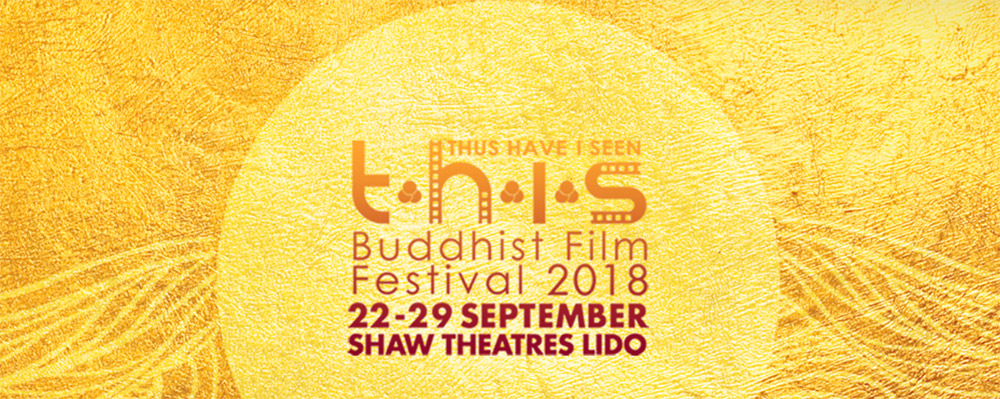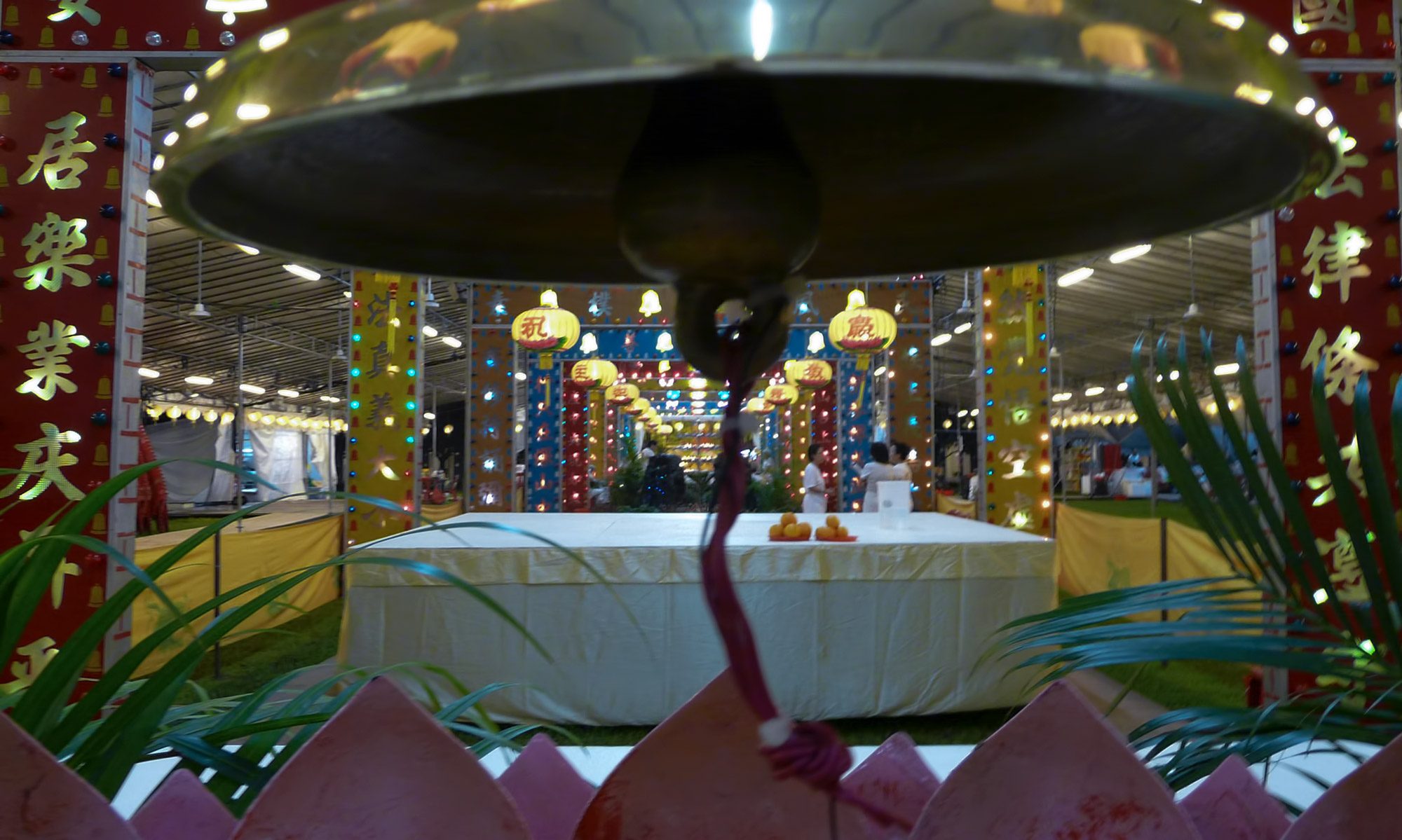 Right Meditation 正定
Right Meditation 正定
“When meditating, focus on the Buddha. In your heart, remember to put others before self. Nothing is inherently good and nothing is inherently bad, such is the emptiness of this existence.” Master, 2018
“静坐时,将思绪集中于佛陀。切记,心中以他人为先。世界上没有任何事物的本质是好或坏的,这就是缘起性空的真谛。”师父,2018
What is meditation? 静坐是什么?
Meditation is getting the mind to focus and become familiar, thoroughly, with a virtuous object such as the Buddha, concepts of emptiness, impermanence, compassion, renunciation.
静坐是指集中思绪,让心灵彻底认识象征纯洁的事物,如佛陀﹑“缘起性空” ﹑“无常”﹑“恻隐之心”与“舍弃”等概念。
There are two types of mediation – analytical and placement meditation.
静坐分为两类:分析性冥想 (analytical mediation) 和安置冥想 (placement meditation)。
We use analytical meditation to help us comprehend and develop deeper realisation of concepts. For example, one heart. You can meditate on why it’s important to have an one-heart. Everyone seeks happiness just like you. We all seek shelter from rain, food and water to quell our hunger and thirst. But yet we often think we deserve more than another person, or my happiness is more important than yours because I worked harder and longer. In reality, this is a wrong view. Everyone feels the same way like you. Because there are so many others, their happiness ought to be more important that one single individual you. You may argue you have family, but so do they. By sheer number, there are more others out there than there is one you, so on this basis, the happiness of others are more important than just your own. By looking at world this way, you can slowly shift your mindset to put others before self, and slowly treating them equally.
分析性冥想能够让我们理解并进一步意识到“一心”等诸多概念。 你可以通过静坐,探索拥有一心的重要性。人们都在寻找快乐﹑寻找避风港﹑寻找温饱。然而,我们却经常觉得自己比别人值得拥有更多,或认为因为自己比别人工作得更努力﹑更多,所以自己的快乐比他人的快乐重要。这其实是错误的理念。事实上,大家都有同样的想法。“我”只不过是渺小的个人,而“他”则是无数的他人,他人的快乐自然比自我的快乐来得重要。你可能反驳说自己有家人,但他人何尝没有?其它不谈,就论人数,你只不过是一个人,比起成千上万的他人,你的快乐,当然比不上他人的快乐。若以这个角度看待事物,你就可逐渐调整理念,以他人为先,平等对待他人。
We analytically meditate on this reasoning until the spontaneous feeling of warmness and the desire to want to practice treating everyone with one heart arises, we then meditate single pointedly on that sensation – this is placement meditation. We hold onto this practice for as long as we can, and when we lose it, we restart again going through analytical meditation and then placement meditation.
以此道理分析性冥想,直到你能够发自内心地感受到恻隐之心,以及一心公平对待每个人的热忱。这时,你将能一心一意针对这种感觉静坐,这就是所谓的“安置冥想”。尽量保持这种冥想状态 ,一旦失去了,我们则可重新开始分析性冥想,再达到安置冥想状态 。
Why meditate? 为何静坐?
The world you are familiar with is perceived through your brain. A good mind will perceive the external environment as blissful and loving. A poor mind perceives the same environment as being sad and unloving. The very same mind that perceives the world as friendly one day, may see it differently at another. Through training the mind, our view of our existence and the experiences that come along, begins to shift. Meditation is an important part of our practice.
我们所熟悉的世界,其实是由大脑的感知所形成的。良好的心灵,会感知到幸福美满的环境;不佳的心灵,即便在美好的环境,也会感知到悲伤冷酷的环境。然而,同样的心灵,并非天天都会有相同的感知:今天或许感觉世界是亲切的,明天却又不一样。我们可以通过修炼心,来改变人生观,从而改变自己的经历。静坐,就是我们要修习的重要一环。
Over the last few years, you have been introduced to some broad concepts of our shrine’s practices and philosophy. I tasked you to dwell on and practice these basic concepts of one heart, cherishment, mindfulness and right intentions. These practices are fundamental in developing right concentration which is my task for you over the next two years.
过去几年,你已学到了我们佛堂一些哲理的主要概念。你也照了我的指示练习这些基本概念,如“一心”﹑“珍惜”﹑“正念”及“正思维”。这些修习,能够让你练习“正定”,我希望你在接下两年内能够练习正定。
These concepts and thoughts I have shared are not necessarily sequential. You can and should revisit the earlier concepts even when new ones are introduced. Sometimes these new concepts could help you gain better understanding and insights to the earlier ones.
我分享的这些概念和想法,你不一定要根据顺序学习。即使介绍了新的概念或想法,你还是可以回去复习之前学过的。我也会鼓励你这么做,因为新的概念与想法,能够让你更加巩固之前所学到的理念。
One heart in meditation 正定在一心中
We keep coming back to the one heart, because it is the axiom of the entire practice. The heart has to be impartial, without favouritism or prejudice. It is through this single pointedness of heart that you practice right meditation. Likewise through right concentration, you will develop the right understanding of one heart. They are interrelated, one reinforcing the other.
我们之所以不断提到“一心”这个概念,是因为一心是我们众多概念中的核心。我们的心必须公正,不应有任何的偏袒或偏见。专用一心,修习“正定”。同样的,通过“正定”,才能够理解一心的正理,这两者是相辅相成的。
To put it simply, you first focus your mind single pointedly on the Buddha, visualise Him and not have other thought interfere. If they appear, simply let them pass. Keep meditating on this for as long as you can. If you lose visual, don’t panic, just step back and restart. The mind, like many other parts of your body, needs practice. As a child, your teacher taught you to write and you kept practicing until one day you are able to firmly hold your pencil and write neatly. The mind is no different. It needs to be trained. But alas, we often allow our mind to dwell on non-virtuous thoughts like critiquing others, rather than self-reflection or developing right concentration.
简单来说,先一心专注于佛陀身上。想象佛陀的样貌,勿让其它思绪干扰。若产生杂念,请忽视。尽量保持这个静坐状态,能坐多久就多久。如果未能保持这个状态,别慌张,从头开始。心跟身体其它部位一样,需要锻炼。儿时,老师教你如何提笔写字,你就是通过不断的练习,直到你掌握了握笔技巧,才能够写出美丽端正的字体。心也不例外,也需要锻炼。但可惜的是,我们常允许心神停留在非良性的思绪上,如批评他人的思绪。其实我们应当自我反省,努力练习正定。
Meditate to understand why you should train to have only ”one heart“. It is through an impartial heart, the one that treats everyone equally, no biases, no hidden agenda, no special interests, that you can single-pointedly begin to understand the true nature of this existence – and perceive emptiness. You may understand emptiness intellectually, but only through meditation on emptiness will you gain a deeper realisation.
静坐能够让你理解为何要练习“一心“。有了公正的心,你就会平等对待他人;毫无偏见﹑毫无居心﹑毫无贪图,你才能够一心了解存在的真理,从中感知到缘起性空。你或许明白“空”的字面意思,但唯独通过静坐,才能够真正意识到“空”的理念。
“With a mindful, cherishing, single pointed heart that harbours good intention, we meditate on emptiness so that we can gain a true realisation and understanding of this existence.”
“有了正念﹑正惜﹑良好意向的一心,以‘缘起性空’进行静坐,我们能够真正领悟并意识到人生的意义。”










